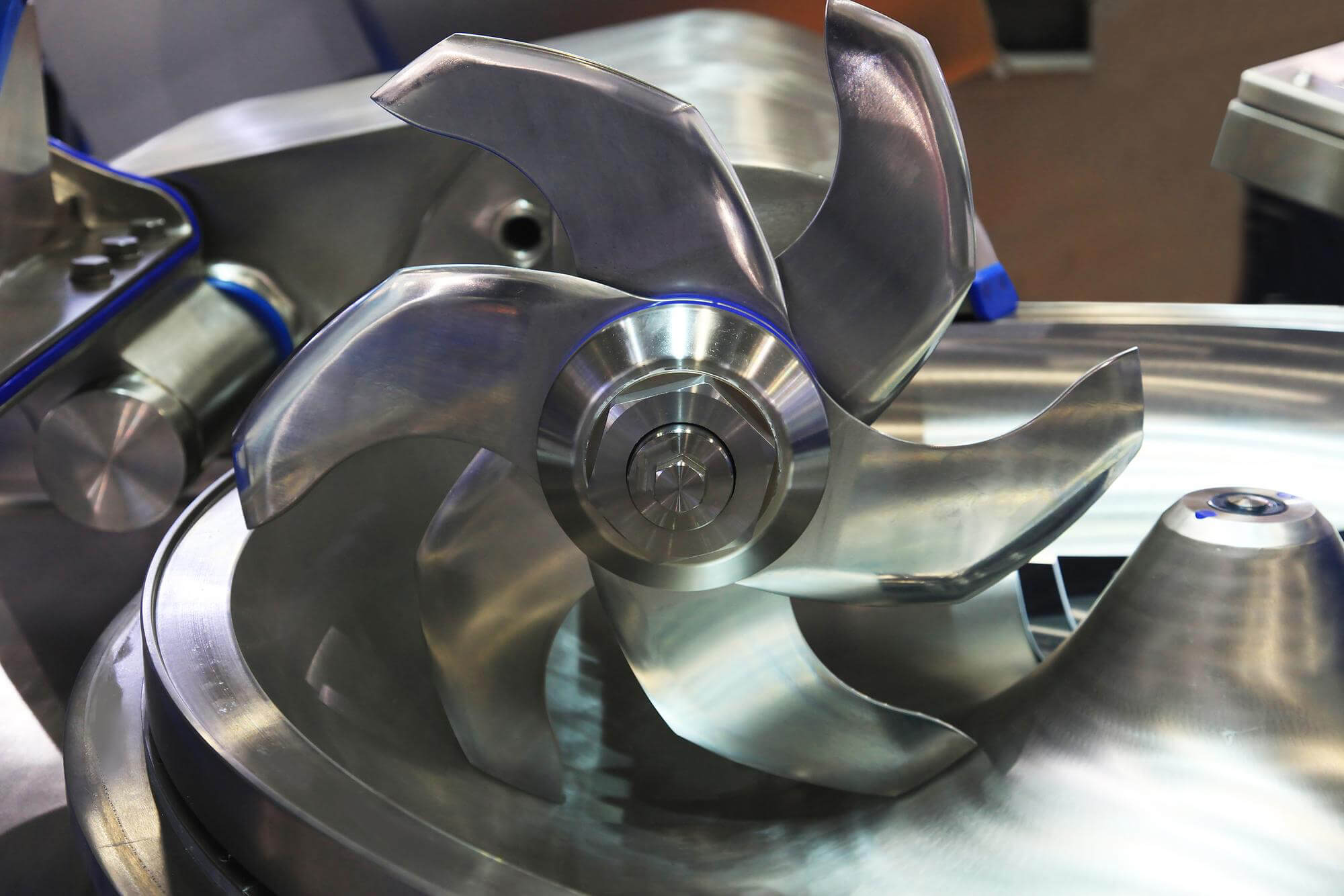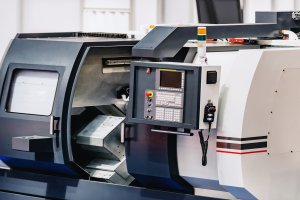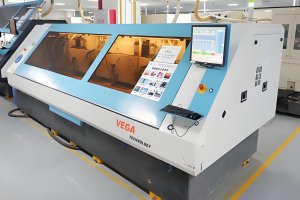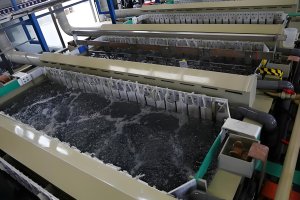Mechanical preprocessing
When it comes to CNC machining, achieving a perfect surface finish is crucial. It’s not just about making parts look good; it’s about ensuring they function as intended, with high precision and durability. Mechanical preprocessing, including grinding, lapping, and polishing, plays a vital role in preparing surfaces for further machining and final application. Let’s explore how these techniques can enhance the surface quality of CNC machined parts, making them smoother, more accurate, and ready for the most demanding applications.
Grinding: The First Step in Surface Preprocessing
Grinding is often the first step in mechanical preprocessing. It involves using mechanical tools to remove surface irregularities and prepare the material for more refined finishing processes. Depending on the tool used, grinding can be divided into several types:
- Abrasive Wheel Grinding: This is the roughest form of grinding, primarily used to remove large burrs, surface irregularities, and weld splatter. It’s essential for initial shaping and preparing the part for finer finishing.
- Buffing Wheel Grinding: Buffing wheels are less abrasive than abrasive wheels, providing a smoother finish. They are used for fine grinding to enhance the surface’s smoothness and prepare it for polishing.
- Wire Brush Grinding: Using wire brushes, especially those with fine metallic bristles, helps remove oxidation and surface contaminants. While it’s effective and versatile, this method can produce dust and requires protective measures for operators.
Here’s a table summarizing the main types of grinding tools and their applications:
| Grinding Tool | Application |
|---|---|
| Abrasive Wheel | Removing burrs, surface irregularities, weld splatter |
| Buffing Wheel | Fine grinding, surface smoothness |
| Wire Brush | Removing oxidation, surface contaminants |
Lapping: Achieving Precision
Lapping is a micro-machining process that uses a combination of abrasives and relative motion between the workpiece and a lapping tool. It’s all about achieving extremely high surface finish and dimensional accuracy. Lapping can significantly improve the surface roughness and geometric accuracy of CNC machined parts, making it essential for applications requiring high precision, such as mold making and aerospace components.
Basic Principles of Lapping
- Physical Action: During lapping, the abrasive particles are embedded in the lapping tool. When the tool moves against the workpiece, these particles cut tiny amounts of material from the surface, leading to a high-precision finish.
- Chemical Action: Some lapping compounds can react chemically with the workpiece surface, forming a thin, easily removable layer. This process helps achieve a smoother finish by continuously creating and removing this thin layer.
Applications and Benefits
Lapping is particularly useful for parts requiring very low surface roughness (Ra < 0.01 µm), high dimensional accuracy (0.01-0.1 µm), and excellent shape precision (0.1 µm). It’s widely used in the production of precision molds, plastic molds, and automotive components.
Polishing: The Final Touch
Polishing is the last step in mechanical preprocessing, aimed at achieving a smooth, mirror-like finish on the part’s surface. While it doesn’t significantly improve dimensional accuracy, it enhances the aesthetic appeal and functional performance by reducing friction and improving corrosion resistance.
Polishing Techniques
- Using Oil Stones: Oil stones, made from abrasive materials like aluminum oxide or silicon carbide, are used with oil as a lubricant. They are excellent for hand polishing and can be shaped to match the workpiece’s contours.
- Sandpaper: Available in various grits, sandpaper is used for progressively finer polishing. Starting from a coarser grit to remove significant imperfections and moving to finer grits for a smooth finish.
- Polishing Compounds and Wheels: These are used for the final polishing stages. Polishing compounds embedded in fabric or leather wheels help achieve a high-gloss finish. Diamond compounds can be used for the highest precision applications.
Polishing Process Steps
- Rough Polishing: This step uses coarse abrasives to remove major surface imperfections left from previous processes like grinding or EDM.
- Semi-Finishing Polishing: Finer abrasives are used to further smooth the surface. Typically involves using sandpaper from 400 to 800 grit.
- Fine Polishing: The finest abrasives and compounds are used to achieve a mirror-like finish. Sandpaper of 1000 grit and higher, followed by polishing compounds, is common.
Factors Influencing Polishing Quality
- Tool Material: Using soft materials like softwood or bamboo sticks for polishing round or curved surfaces helps achieve better conformity and finish.
- Polishing Direction: Changing the polishing direction between steps helps identify and remove residual scratches.
- Cleaning Between Steps: Thorough cleaning between different polishing steps is crucial to prevent cross-contamination of abrasives, which can scratch the surface during the final stages.
Common Polishing Defects and Solutions
- Over-Polishing: Excessive polishing can make the surface rougher instead of smoother. To avoid this, polish in short, controlled intervals.
- Orange Peel and Pitting: These defects can occur due to overheating or using excessive pressure. To mitigate, use minimal pressure and keep the workpiece cool.
Mechanical preprocessing through grinding, lapping, and polishing is essential in achieving high-quality surface finishes for CNC machined parts. These processes not only enhance the visual appeal but also improve the functional performance by reducing friction and increasing corrosion resistance. Understanding the nuances of each technique and carefully applying them ensures that CNC machined parts meet the highest standards of precision and quality, ready for the most demanding applications.
Other Articles You Might Enjoy
- Impact of Surface Roughness on CNC Machined Parts: Material and Process Variables
Introduction to CNC Machining and Surface Roughness CNC machining, abbreviated from Computer Numerical Control machining, is a manufacturing technique that uses pre-written computer software for dictating the movement of factory…
- Mechanical Machining Surface Quality: From Principles to Practical Application
Mechanical machining surface quality is a crucial aspect of mechanical manufacturing that directly impacts the performance and longevity of parts. This article will discuss the principles, influencing factors, and practical…
- Enhancing Surface Quality and Performance of CNC Machined Parts with Glass Beads
Introduction: The Importance of Glass Bead Blasting in CNC Machining In the intricate world of CNC machining, achieving precision is only part of the equation; the quest for excellence extends…
- Unraveling the World of CNC Machined Plastic Parts(CNC machined plastic parts Mabel)
Modern innovations have taken traditional manufacturing methods to new heights. One such innovation that stands out is Computer Numerical Control (CNC) machining, a process used extensively in various industries from…
- CNC Machined Plastic Parts: An In-depth Overview(CNC machined plastic parts Norman)
Computer Numeric Control (CNC) machining is an advanced manufacturing process where pre-programmed software dictates the movement of factory machinery and tools. These applications can carry out complicated manufacturing tasks with…
- Enhancing CNC Machining with Smart Alloys: Shape Memory Metals vs. Traditional Alloys
Introduction to CNC Machining Computer Numerical Control (CNC) machining stands as a cornerstone in modern manufacturing, enabling the precise and automated shaping of materials. This technology relies heavily on the…






